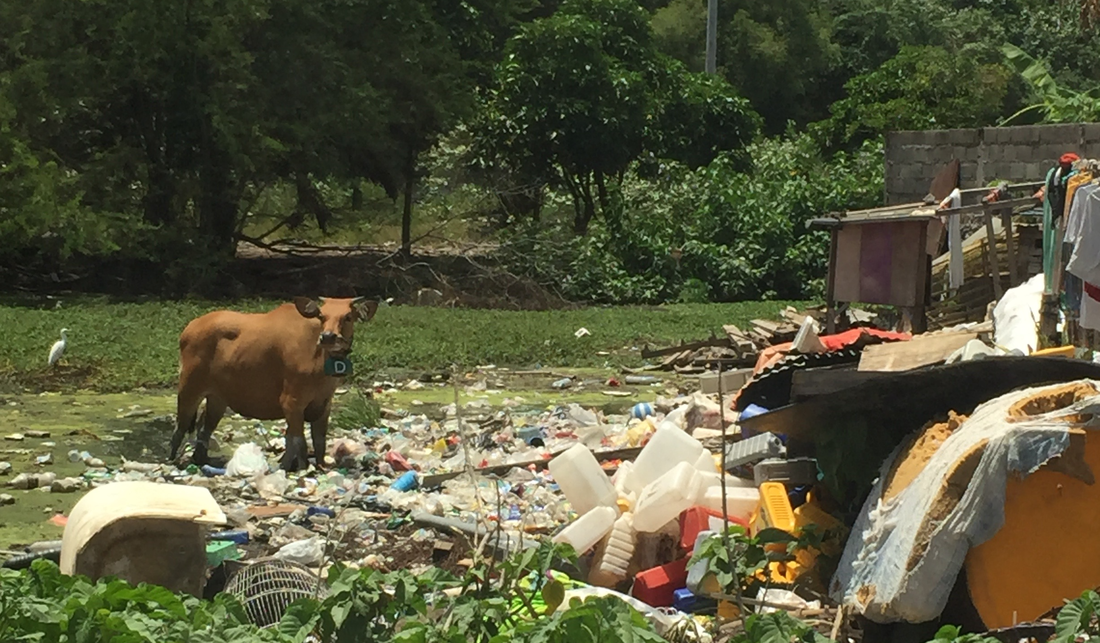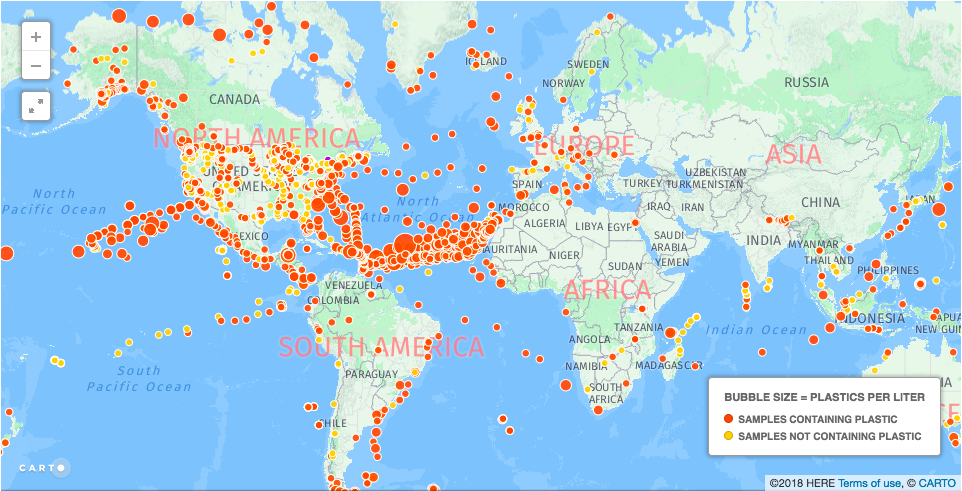Nothing made of plastic, that’s for sure. Of plastic things, we have given Earth enough.
So for Earth Day this year, humans around the world are banding together to check the use of this incredibly convenient and destructively indestructible substance. As our own Microplastics Initiative has shown, plastic pollution is at this point present nearly everywhere on Earth, and it’s time we did more to change that.
Sign the Petition
On the governmental side, people can speak out to their officials via the Earth Day Network’s End Plastic Pollution Petition. With 300 million tons of plastic sold each year and 90% of that thrown away, there’s a lot of room for laws and regulations to help rein-in our collective use (and plenty for us as individuals to cut back on, law or no law).
Think about that: 90% thrown away. We’ve created a helpful and versatile wonder substance that can last for centuries––and then we promptly throw it away as soon as it’s made.
On the official EarthDay.org site, the Earth Day Network relayed stats from the New York Times, stating that in 2015 plastic packaging accounted for 42% of non-fiber plastic produced, and 54% of the plastic thrown away. Say what you will about the usefulness of plastic, if it’s that useful, we should not just be tossing it all away.
And as our Microplastics Initiative has shown, the fiber plastic mentioned above is a big problem, present in 74% of the samples collected by hundreds of volunteers over several years. Even worse, the most recent paper from the project, by lead scientist Abby Barrows and team, showed that a lot of the fiber pollution isn’t even plastic––natural fibers represented 31% of the microfibers identified. Treated with dyes and other chemicals, they can act the same as plastic fibers, accumulating toxins and resisting decomposition to the detriment of the animals that consume them––and the animals that consume the animals that consume them––all the way up the food chain.
So what can we do while we wait to see what kind of impact the petition could have?
A lot.
EarthDay.org also offers visitors a Plastic Use Calculator and Pledge. Though it’s not very useful scientifically (exactly how many “cotton swabs” equal one “plastic cling wrap”?) filling out the calculator can help illustrate just how many plastic items we each go through in a year, and how a few small changes to our behavior can combine to have a significant impact.
Cutting down on our use of plastic packaging is a good step to take, and easy to implement. But what about microfibers?
|
With microfibers coming from just about everywhere, it can seem like there’s nothing much we can do. In terms of the use of synthetic and treated natural fibers in the short term, there might not be. But limiting the polluting aspects is within our control.
Since most microfibers are released during washing of clothing and distributed throughout rivers and oceans by being caught up in wastewater, we can stop the spread at the source by using added filters on our washing machines. This weekend, the producer of one such filter, Wexco Products, is offering a 30% discount on all orders for microplastic filters and more. In addition, they’re donating 10% to environmentally minded organizations, including Adventure Scientists. |
Looking forward, the
Earth Day Network is focusing on five components for the 50th anniversary of Earth Day in 2020, the first of which is citizen science. The goal is to engage a million participants in collecting a billion data points on “air quality, water quality, pollution and human health.”I think we know a few people who might be interested …
#EarthDay2018 #EndPlasticPollution
Take Action Now: You can also celebrate Earth Day and show some love for our home planet by applying to join our active projects this spring and summer. You can hike and collect bigleaf maple leaves to combat illegal timber harvesting, or head up into some alpine meadows and photograph butterflies to help survey biodiversity in the backcountry. There’s a lot more to both of those projects, so take a look, take the training, and give back to your planet!



